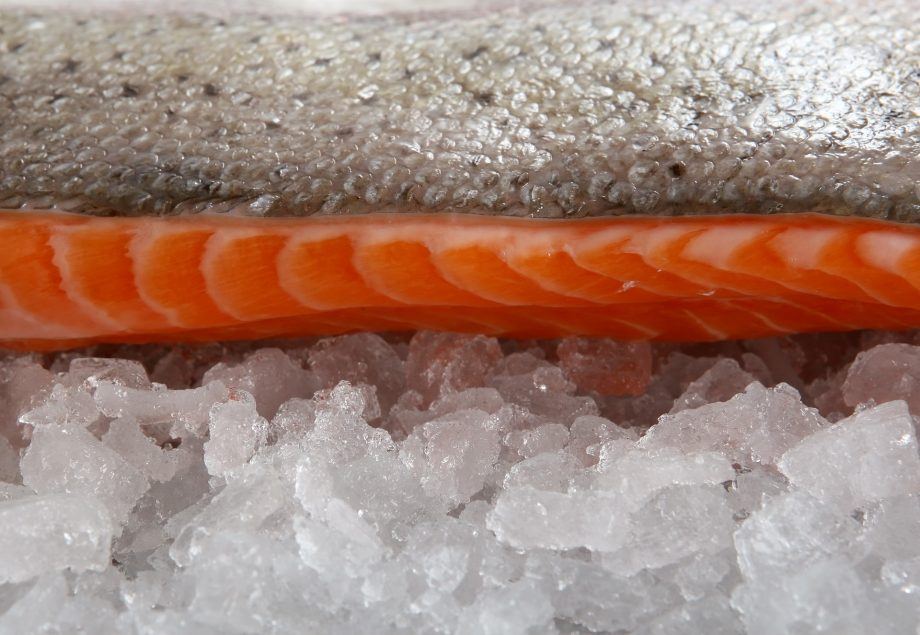
When you’re breaking open a deep-fried piece of battered cod, plunging your knife into a pan-fried salmon fillet or preparing a tuna steak before grilling it, one of the first things that strikes you about the fish in front of you is its colour. Whether it’s white, pink or red, you can tell a lot about a fish simply by looking at the brightness and richness of its flesh.
If you want to know what the colour of a fish signifies about its nutritional content and its lifestyle then read on.
The types of fish we sell can be divided into two groups: white fish (cod and haddock, for example) and oily fish (such as tuna, salmon, mackerel).
The former are demersal fish, named after the zone they inhabit, above the seabed. There, they are largely unaffected by tidal currents or the weather, preferring to live a sedentary life and feeding when the opportunity comes their way. Since they don’t roam the seas like other fish, their appetite is proportionately smaller. Demersal fish have enough energy to evade predators but insufficient stamina to stay on the go for long periods of time.
The oil within white fish is mostly stored in the liver. While most white fish livers are hard to stomach – hence the popularity of cod liver oil supplements – there are some, mullet and turbot for example, which are prized by chefs.
Oily fish, on the other hand, are pelagic, swimming as far as their energy levels will carry them, both horizontally and vertically up and down the water column. Pelagic fish never really stop, moving in shoals, hunting food and avoiding becoming food. Therefore they need a plentiful supply of energy.
This energy runs throughout their bodies in the form of oil, with concentrations of oil in different parts of the body, hence the variation in the colour of the flesh along a salmon’s backbone and the flesh on its underside. The darker the flesh, the greater the layering of fat within. It’s an energy store which the fish builds up in summer when food is plentiful and burn off when it’s more scarce.
At the extreme end of this colour spectrum lies tuna, the most restless of all fish – there are records of tuna covering two million miles in their lifetime. Its flesh is red because it is saturated with blood and oils, hence the skyscraping nutritional benefits of eating tuna and the world record £2.5m paid by sushi tycoon Kiyoshi Kimura recently for a 278kg bluefin tuna.
You can only imagine how much Mr Kimura will have to charge to recoup even a fraction of his costs. If you’re looking for tasty tuna at a more affordable price, try our yellowfin tuna – not, unlike bluefin tuna, an endangered species.
One last point to make: white fish might be lazy and contain lower levels of omega-3 than oily fish, but they more than make up it by being a terrific source of protein while being low in fat.
We don’t believe in discriminating against either white or oily fish – the simple, well-proven truth is that a diet featuring good amounts of either is far better than a diet featuring none.
